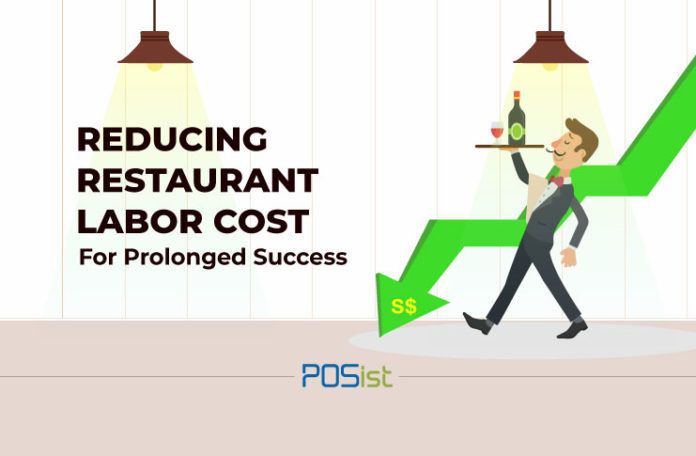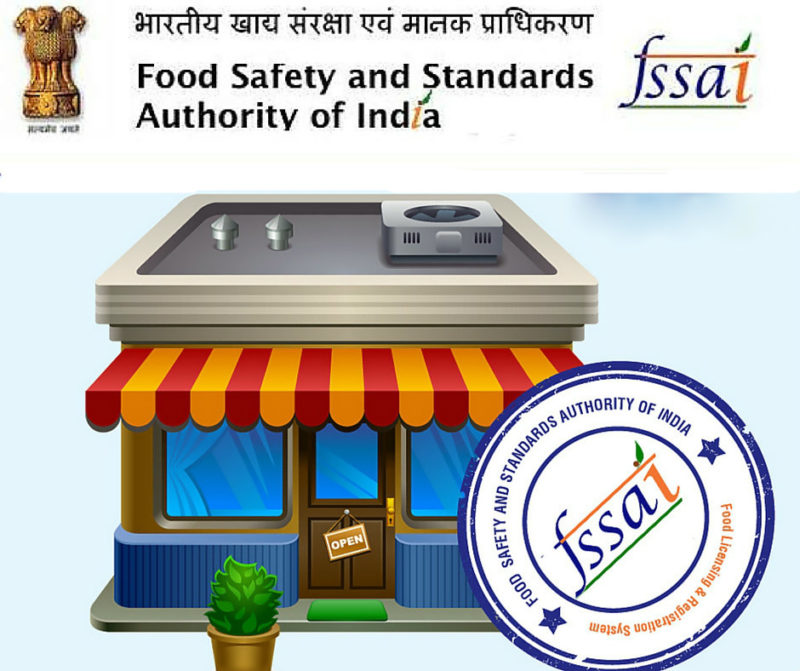Salary and wages are one of the significant costs for any restaurant business and difficult to manage as well. According to Trading Economics, econometric models report, the average monthly salaries are predicted to be 6200.00 SGD/month by the year 2020. The shortage of labor in Singapore has led to a steady increase the restaurant labor costs and makes up one-third of the total restaurant costs. Thus, you must take these steps for reducing labor cost to ensure a profitable business.
Reducing Restaurant Labor Costs For Prolonged Success
Your restaurant labor cost is the total cost of all labor used in the restaurant business. It has two significant categorizations.
- Direct labor cost: Direct labor cost is defined as the wages consistently assigned to provide a specific service to customers, for example, permanent employees.
- Indirect labor cost: This is the cost of any labor that supports direct labor in providing the services, for example, seasonal staff.
Reducing the restaurant labor costs does not mean you abruptly start paying the employees less or randomly let go of your restaurant staff. Instead, you can try these seven golden ways to reduce labor costs without cutting headcount.
1. Review The Current Salary And Compensation
Periodic reviews of the current salary and compensation would help you identify several opportunities for cost-cutting. You need to review the industrial standard wage for a particular job role. For example, on average, a server’s salary in Singapore should be 7.12 SGD per hour.
Keep reviewing the market standard and see if you can adjust the current pay. You can start automatic pay rise programs with merit-based programs that are performance-driven. This will also make your staff more productive and vigilant.
2. Measure Your Restaurant Staff Performance
You need to correctly assess your staff performance if you want to control your restaurant labor costs. Clearly assign the roles and responsibilities and check if your staff is performing the duties diligently. You can define KRAs such as the number of tables covered in a day, sales achieved, items upsold, etc. to measure your staff performance.
You also need to ensure that after every shift the employees punch out on time according to their day’s schedule. Due to the labor shortage in Singapore, it often happens that the employees need to work extra hours. You need to ensure proper scheduling of your staff so that there are always an ample amount of employees available to take care of the operations and eliminate the need for over-time. This helps in reducing labor cost
Also, another major problem is time theft; this is the hidden cost that employees bill their employer for the time they did not work. This does not mean that the employee is stealing or sitting idle. This could mean they are taking longer breaks, starting late, finishing before time. You need to keep a close check on your employees to ensure they are using the time wisely.
3. Cross-train Your Employees
Cross-training is one of the most effective ways of reducing restaurant labor costs and is advantageous for both the employees and the employer. For instance, you can train your bartenders to take the place of the servers if required.
This helps you run your business with less staff while still maintaining the restaurant’s standards. A workforce trained to do multiple jobs would ensure your restaurant never stops functioning even during significant changes like layoffs, resignations, etc. It would also give you enough time to look for a replacement without hindering the daily operations at your restaurant.
Cross-training is a good way of having enough employees at the restaurant without overcrowding.
4. Reduce Employee Turnover Rate
It costs more to hire someone new rather than retaining an old employee; therefore invest time and effort in keeping your employees happy. Provide your employees with regular staff incentives and encourage a healthy work culture to reduce the attrition rate in your restaurant. Happy and loyal employees also tend to be more dedicated to your business, which will not only increase efficiency but also improve the entire guest experience.
Hire the right people even if it means hiring fewer employees. Wrong candidates won’t stay for long, forcing you to hire someone new. Invest time and give feedback to your employees, they will appreciate the feedback as this would make them feel significant.
5. Strategize Scheduling
Scheduling is the most important aspect of reducing restaurant labor cost. You need to schedule and manage your staff shifts efficiently to ensure you are never over or understaffed.
Here are some tips you can use to schedule your staff correctly.
- Planning: There is no point in “copy-pasting” your previous schedule! You need to understand the need for creating a new schedule every week. Analyze that week’s events and forecast the approx number of staff required. If you have an event coming up, you can schedule more people else having a few restaurant staff around would also work.
- Automate scheduling: Manually planning schedules on a day to day basis can be challenging. You can seek the help of technology and automate the scheduling process as it would be much quicker.
6. Hire Part-time Staff
The motto ‘hire less, hire well’ works very well if you are looking to reduce your restaurant labor costs in Singapore. You can run your business successfully even with limited staff at your restaurant. During the rush hours, you can instead hire seasonal staff on a part-time basis to cater to the heavy crowd. Remember to train your part-time employees and provide them with a training manual for them to get acquainted with your business. Part-time employees are a great way to reduce labor costs without cutting headcount.
7. Utilize Technology To Automate Operations
Restaurants are mostly considered a manual space, and while technology cannot eliminate the need for human labor, you can still use it to automate operations that significantly reduces the need for manual intervention. For instance, if you have a Tablet Ordering system at your restaurant, you can let your customers place the order themselves. This way, you would be able to run your restaurant with only a few waiters and servers. This is one of the great restaurant employee cost reduction strategies.
If you are planning to open a restaurant or have been running one for a while, you will understand that alongside the food and beverage, labor cost is soring high in Singapore. It can be hard to find a balance between low labor cost and providing full service. The steps outlined in this article would help you manage the labor cost and reduce it effectively.


















Can you please explain me the importance of cost control in restaurants, and also if I reduce cost at my restaurant won’t the quality be affected?